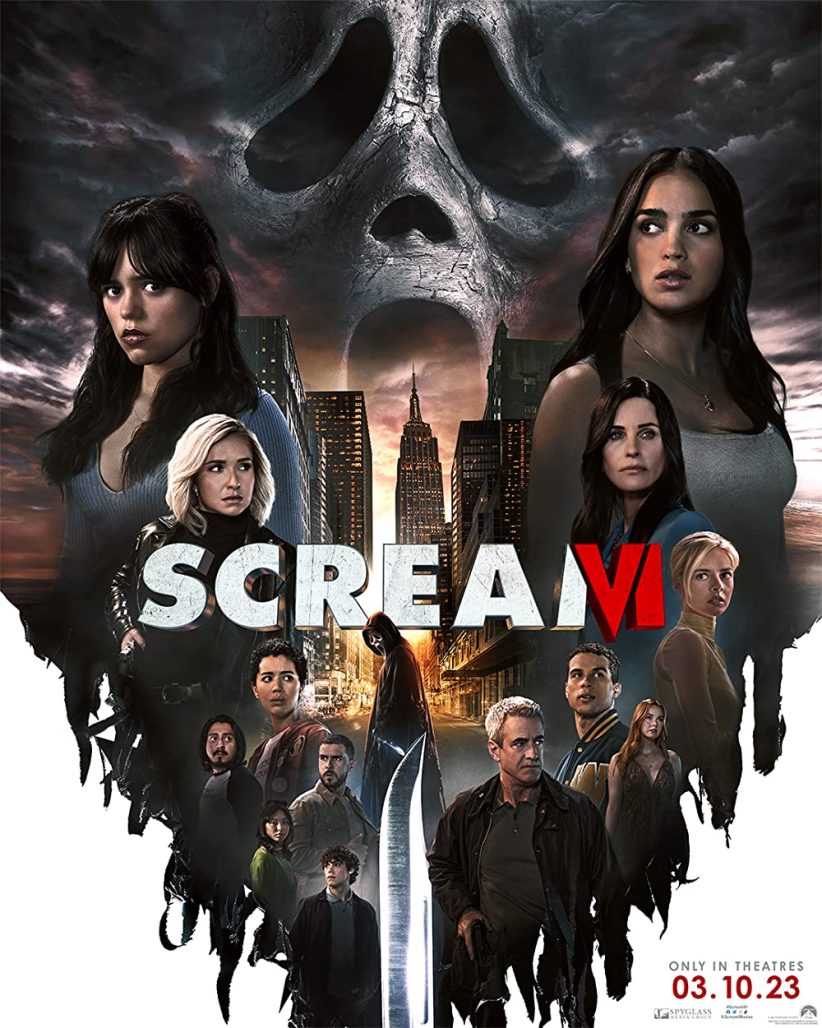
The Scream franchise, the metafictionally disruptive member of the slasher family, should have a ball with a trip to the Big Apple then, a references-galore engagement that turns an urban setting into a sandbox of violence.
Well, Scream VI finally gives its iconic Ghostface the chance to let loose there, but the final product is actually more nuanced and smart with its change of setting than I initially thought it would be. In fact, it pulls back on the metafiction a bit to tell a brutal story that opens doors within the franchise rather than just keeping it within the confines of nostalgia and horror commentary.
In the process, Scream VI becomes the best sequel to any of the movies in the long running series. Other slasher franchises should learn from the example it sets.
Having said that, Scream VI is still a Scream movie. It follows the survivors of Scream V as they leave Woodsboro behind for New York as an attempt to find some normalcy after their previous encounter with Ghostface. The Carpenter sisters, Tara and Sam (Jenna Ortega and Melissa Barrera respectively), find themselves in a strange place as online conspiracy theorists have taken to blaming them for the murders at Woodsboro. This has made Sam overprotective of her sister, straining their relationship as they go along. In comes a new Ghostface, and he or she is particularly angry.
Directors Tyler Gillet and Matt Bettinelli-Olpin keep the sisters and the supporting cast close throughout and they do a great job of making them all feel isolated in one of the biggest cities in the world. At one point, I thought it kept them too close, not letting the New York setting add much to the dynamic other than being a change of scenery. The signature close-quarters home invasion sequences from the previous movies, for instance, are still here and do keep things familiar, but it’s all a means to an end.
As the story progresses, the city starts to creep up as a character of its own, and a dangerous character at that. Scream VI takes place in the days leading up to Halloween, so everyone out and about in the streets is wearing some kind of costume as they move from party to party. As the survivors start getting pushed from inside their apartments into the night outside by Ghostface, directors Gillet and Bettinelli-Olpin allow NYC to bear its teeth in terrifying and unwelcoming ways. It makes for a special kind of tension and it keeps the jump from Woodsboro into Manhattan from feeling gimmicky.
One highlight is the subway sequence seen in the trailers, in which the group is in a train car filled with people in costumes and masks (a lot of them nods to other slashers and horror movies associated with the franchise or the previous films helmed by directors Gillet and Bettinelli-Olpin). It’s a scene that captures a very specific New York experience: navigating an overcrowded transport system where strangers are forced to ride in an uncomfortable space all squeezed in next to each other.
Multiple Ghostfaces pop up and it’s never really obvious who’s an insensitive Halloween party-goer and who’s actually wielding a knife with the intent to kill. It’s beautifully shot, cut, lighted, and paced. It’s certainly one of the most NYC-specific sequences in the movie and it feels like a moment that the story earns by virtue of not overplaying the new setting card leading up to it.
Another strong story element, that comes with its own surprises, is found in the decision to rein in the metafictional aspects that characterize the franchise to make sure the narrative plays somewhat closer to a classic slasher. There’s still enough of it to satisfy fans, though. In fact, the focus this time around is on Scream’s place in the horror genre as a franchise, not just as another sequel.
Characters discuss potential suspects and the rules of the game like in previous films, but it isn’t overbearing. Ghostface and his victims survive on their own merit thanks to a script (written by James Vanderbilt and Guy Busick) that trusts the audience to keep up with its ideas. It’s a welcome departure and it helps to create a different experience that honors the past without letting it take over entirely.
Scream VI succeeds in avoiding the pitfalls of the same gimmick other franchises stumble into. It turns location into an extension of the slasher, into something that can aid and abet dark intentions. It gives meaning to the characters and their story and it even imbues the killings with more malice (Scream VI is easily one of the top two most violent entries in the series). If any other franchise wants in on finding new life for their seasoned killers, Scream VI offers lessons in blood and story by the buckets.


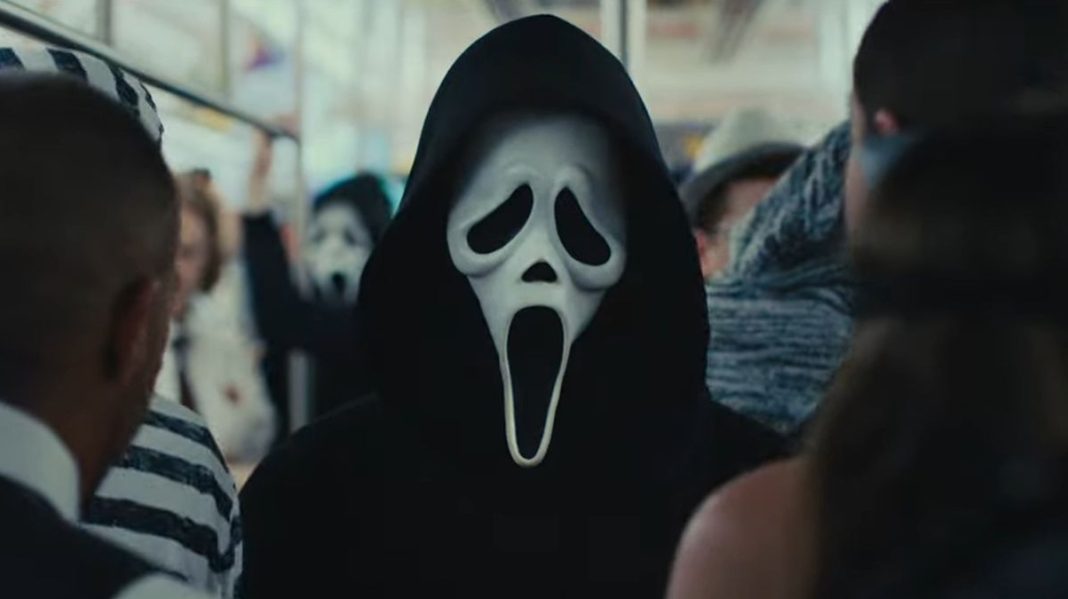
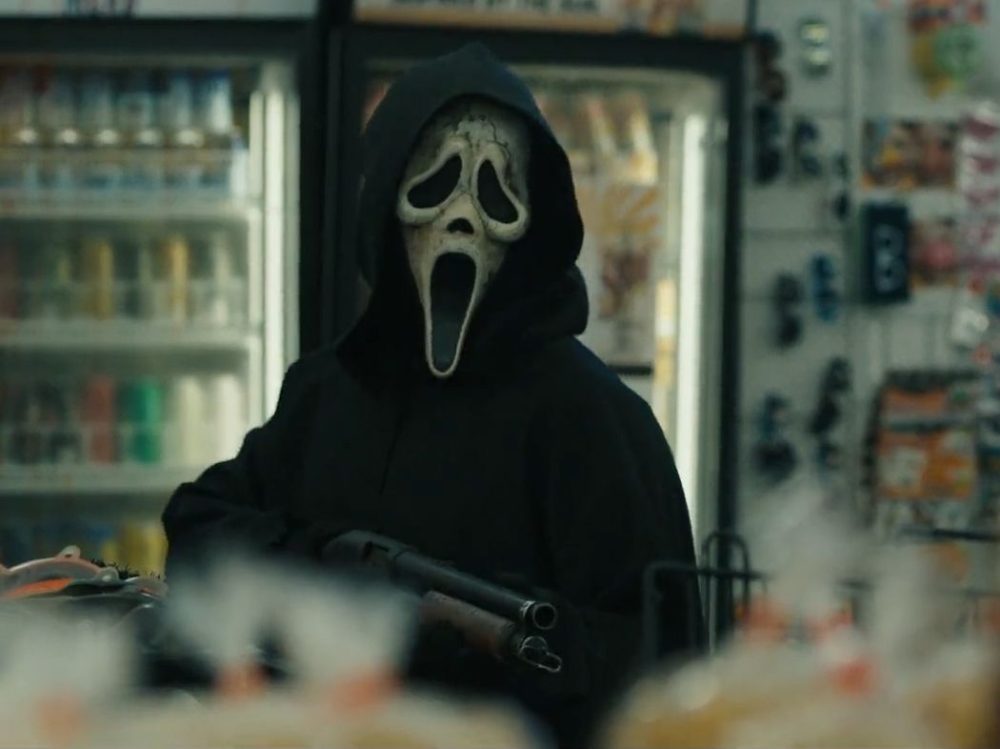
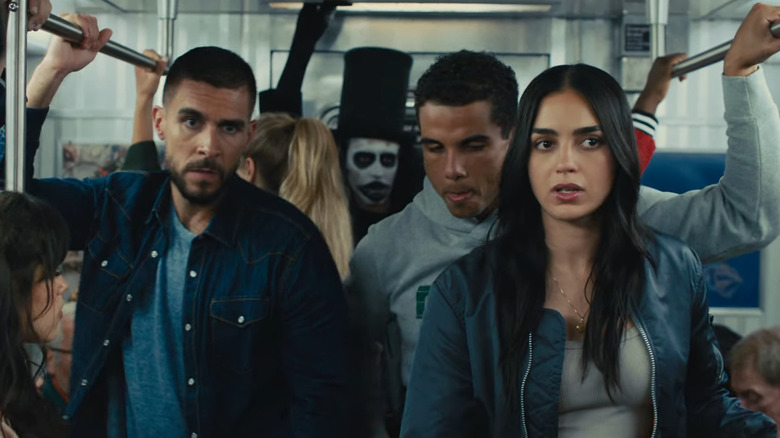
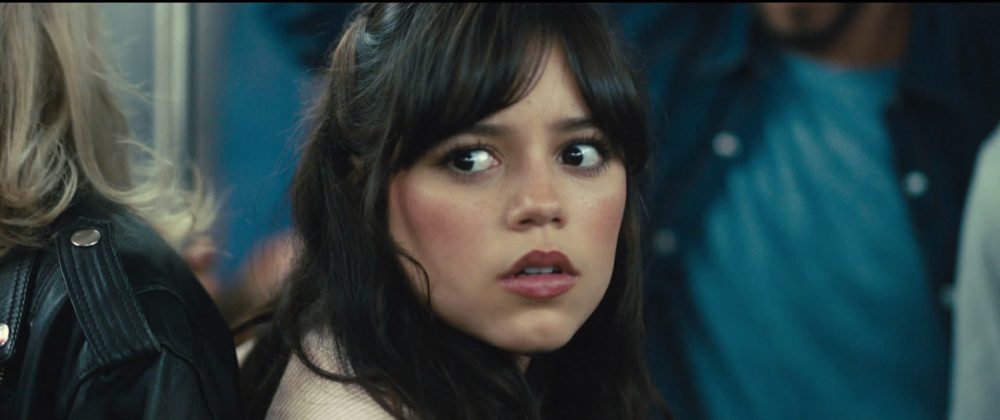
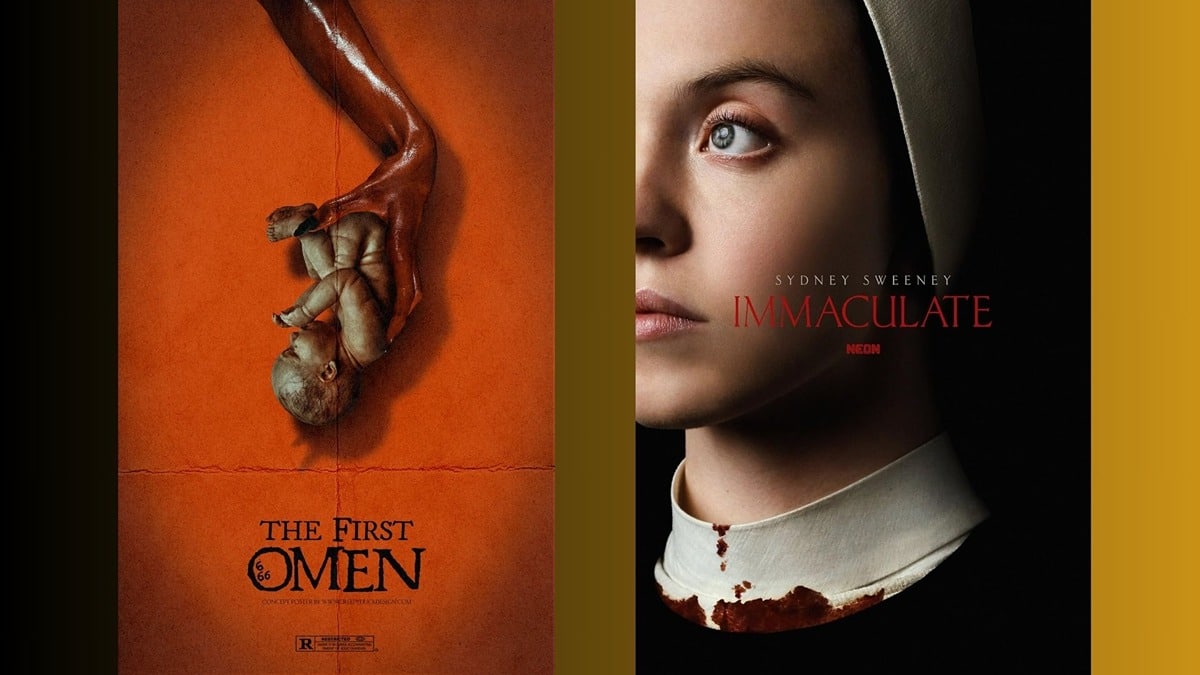
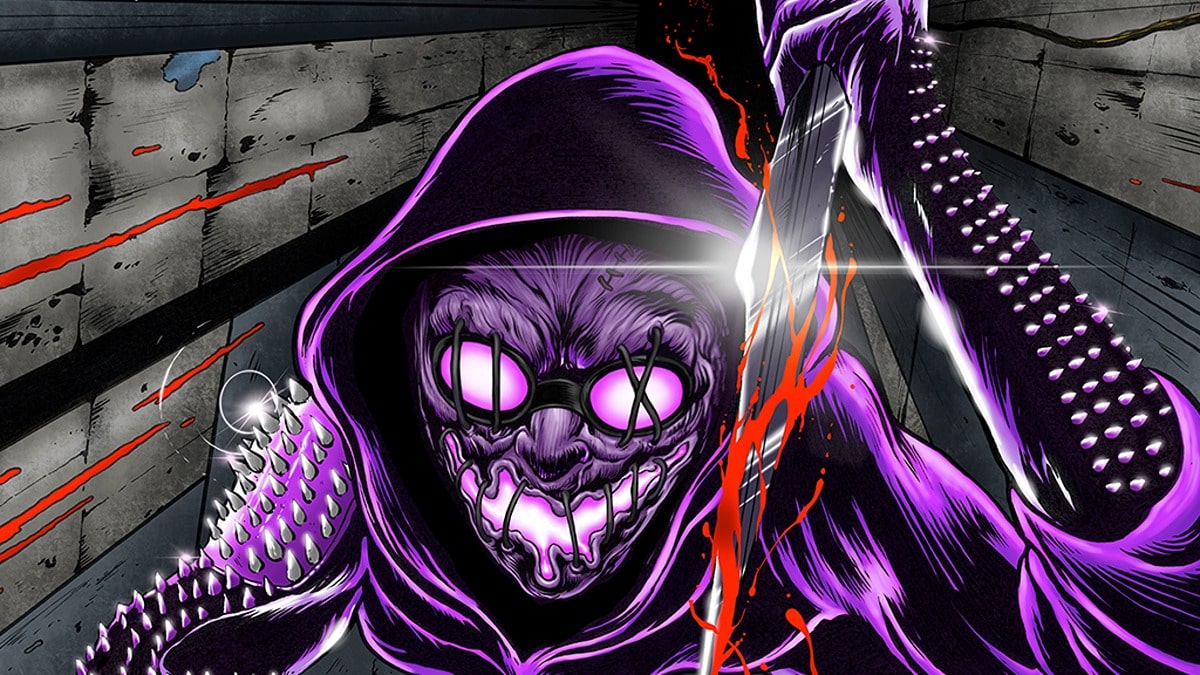




The review is excellent.
Comments are closed.